Inspenet, June 15, 2023
Arizona State University recently reported that a group of researchers are studying the effects of extreme heat on the human body by using the world’s first thermal robot, which has the ability to sweat, breathe and walk indoors and outdoors.
This is ANDI , a test robot built by the Thermetrics company, which can imitate the thermal functions of humans. This is because each of the 35 areas of its body surface are equipped with sensors for temperature and heat flow, as well as pores for artificial sweating.
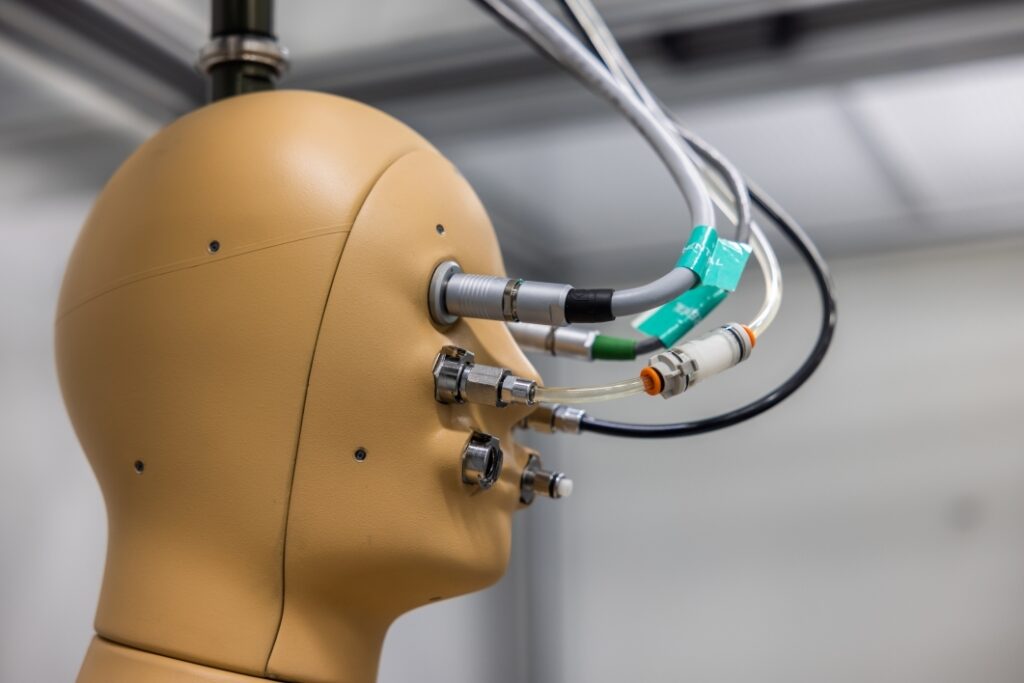
ANDI robot is capable of replicating key human functions
There are currently 10 ANDI androids around the world, although the one used by the aforementioned American university is the first equipped to be used outdoors, since it has internal cooling channels for cold water to circulate throughout its body. This system allows you to stay cool while being subjected to simulated conditions of extreme heat.
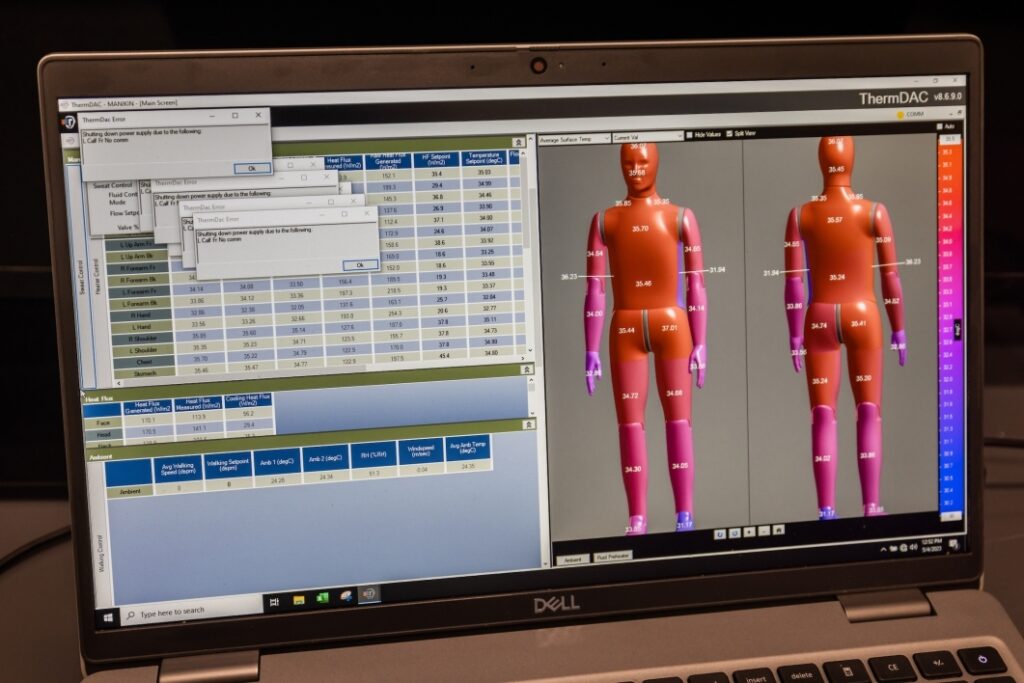
Simulating a hot environment
As part of the experiment, a heat chamber, called a ‘warm room’, was developed where heat exposure scenarios from various places on Earth can be simulated. This artificial environment has advanced technologies that control the wind, solar radiation and temperature, which can reach up to 60 °C.
The scientists specified that ANDI and the ‘warm room’ are contributing to understanding how heat affects a person’s internal organs, in addition to determining the risk to health in the different simulated environments.
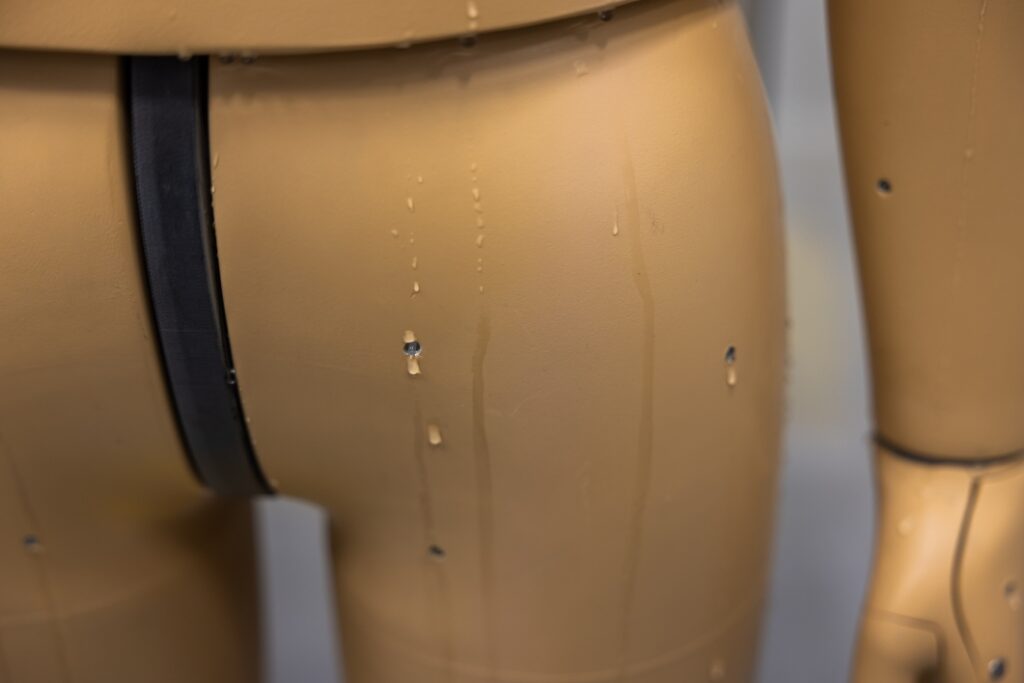
“You can’t put humans in dangerous situations of extreme heat and test what would happen,” said researcher Jenni Vanos, who noted that there are a few known cases in the “[Gila River Valley, Yuma County] , Arizona] where people are dying of heat and still don’t” understand why it happens, so ANDI will be able to help solve this situation.
In the trials, the specialists measured a variety of complex variables that influence the perception of heat in different environments, including solar and infrared radiation from the ground and convection from the circulating air.
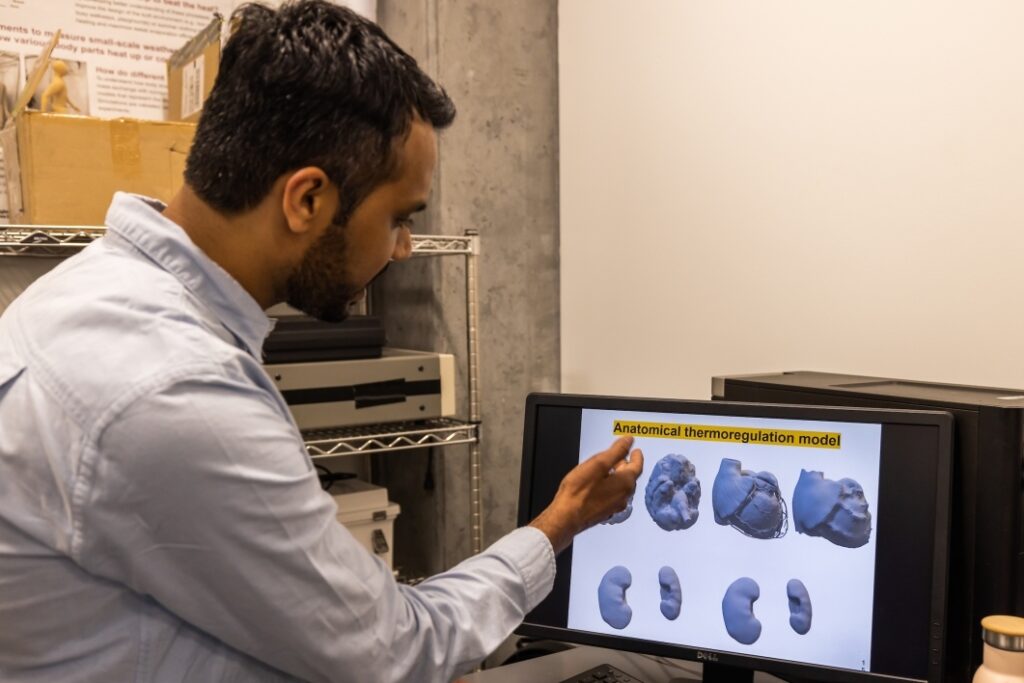
Finally, it was specified that ANDI would work this boreal summer together with the biometeorological heat robot from Arizona State University, known as ‘MaRTy’, in an attempt to find out what the mechanisms of human sweating are, in addition to identifying what are the specific scenarios that may elevate the risk of heat.
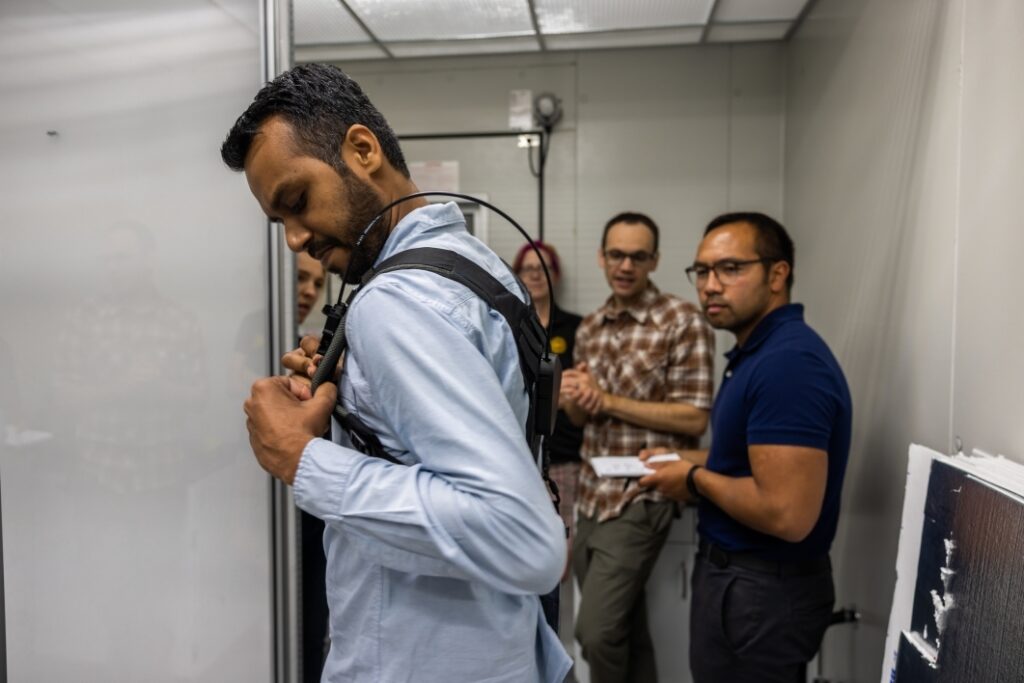
Source : Actualidad RT in Spanish
Photo : Christopher Goulet/ASU
Don’t miss the Inspenet News at: https://inspenet.com/en/inspenet-tv/

